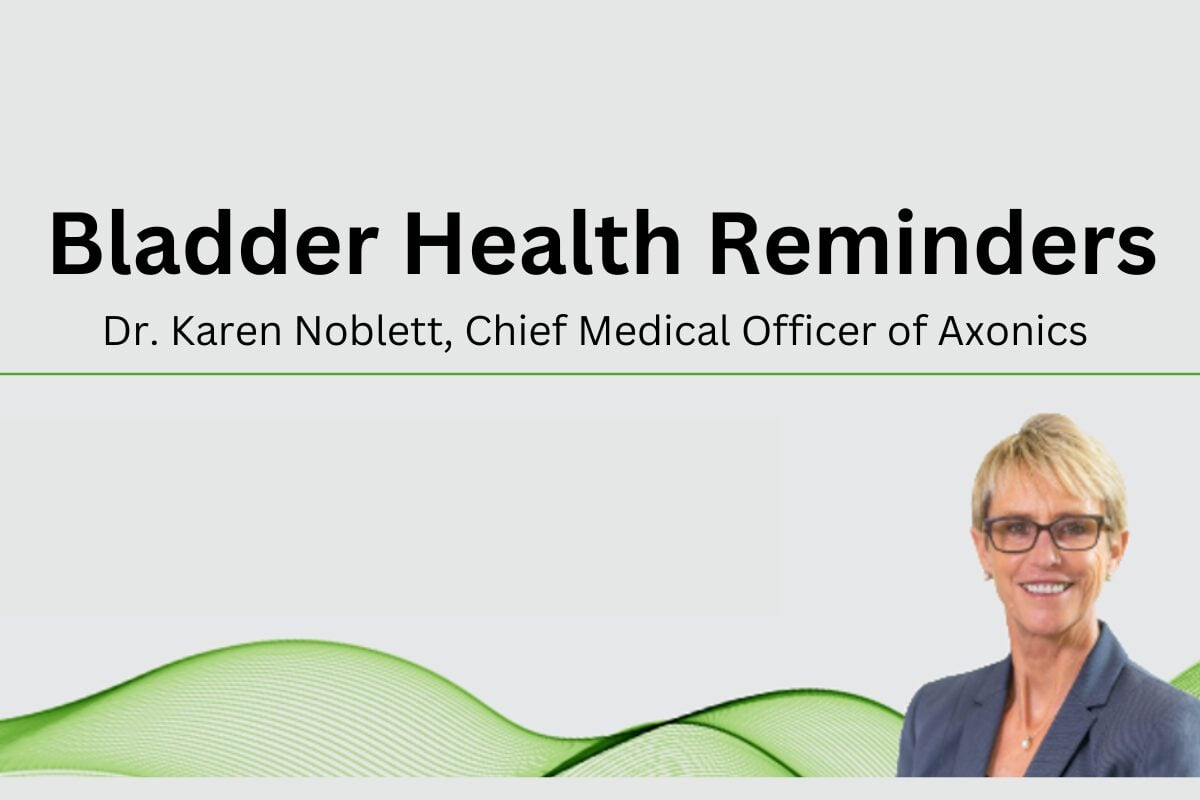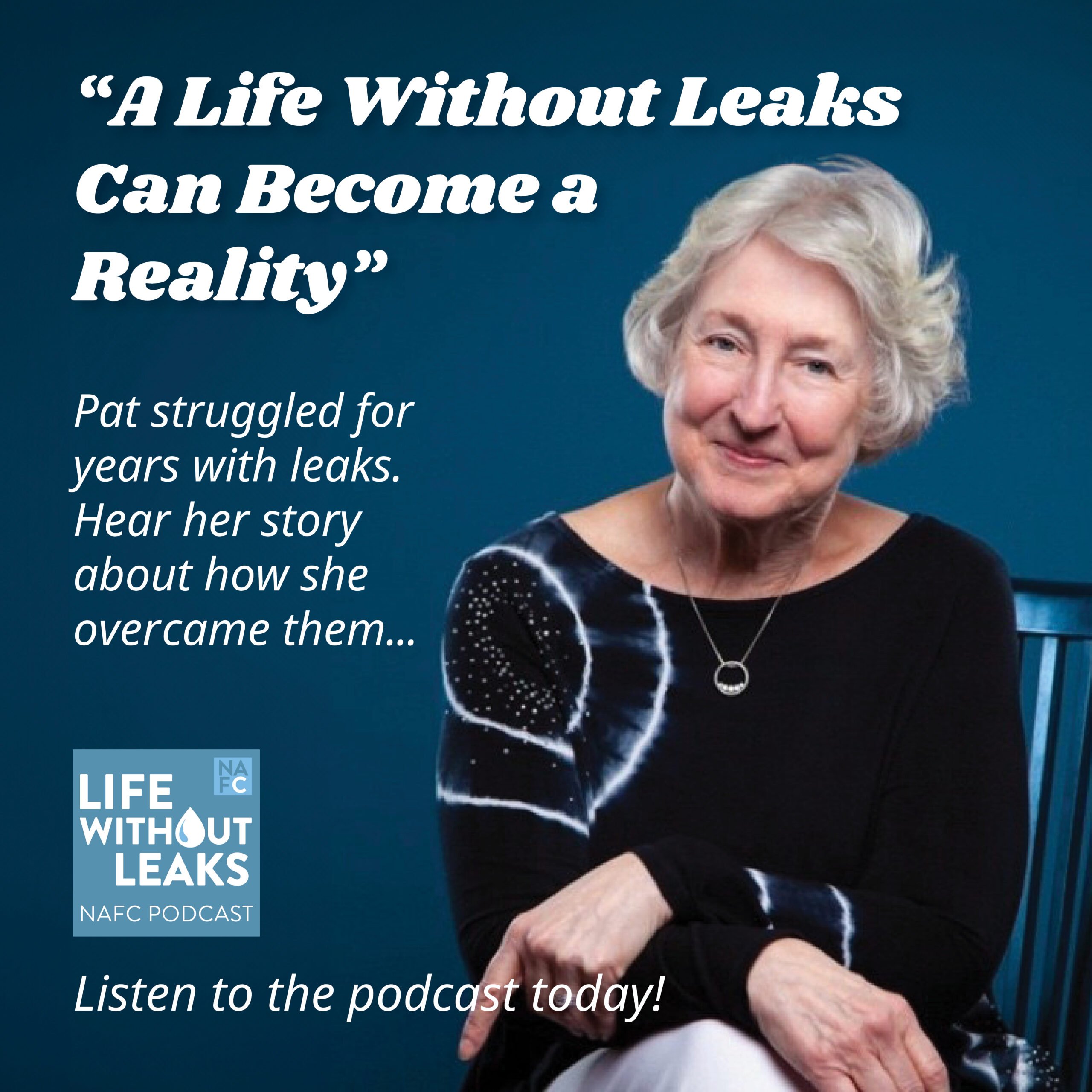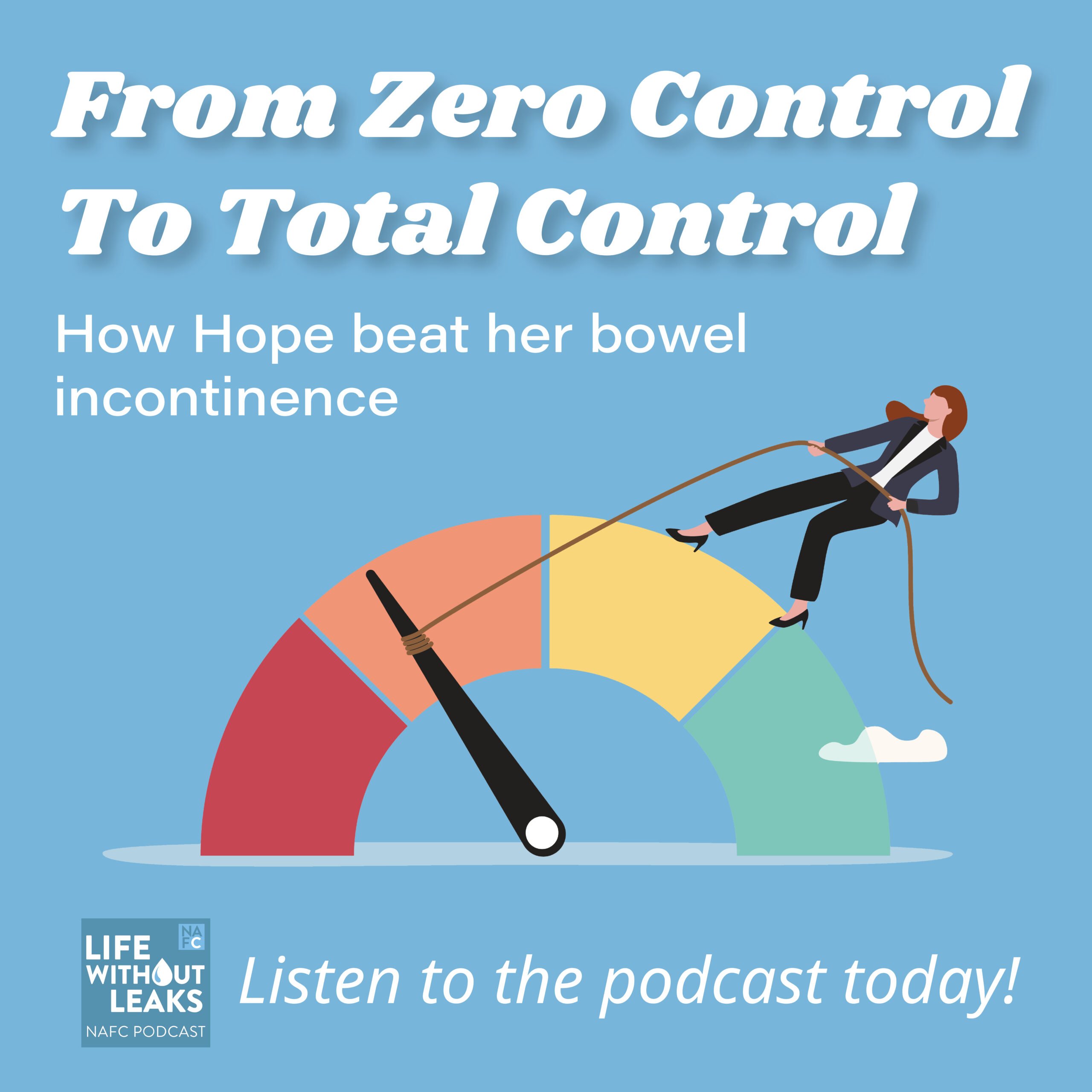
Non-Invasive Approach To Treating Urinary Incontinence
Urinary incontinence is the unintentional loss of bladder control, resulting in the leakage of urine. It can range from occasional dribbling when coughing or sneezing to a sudden, strong urge to urinate that prevents reaching a restroom in time. Commonly affecting older adults, urinary incontinence can occur in both men and women due to various causes, including weakened pelvic muscles, medical conditions, or certain medications.












